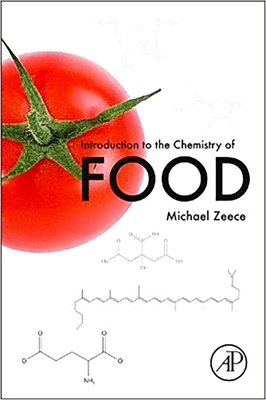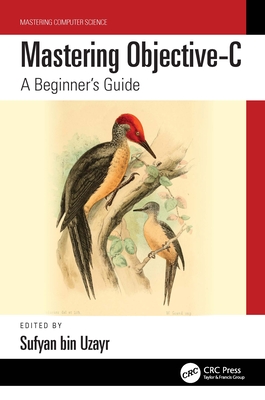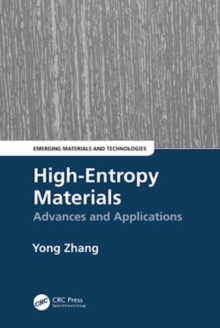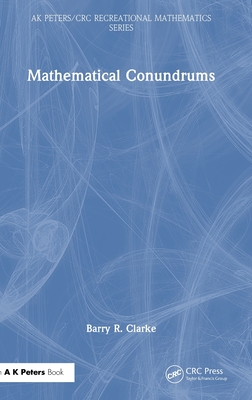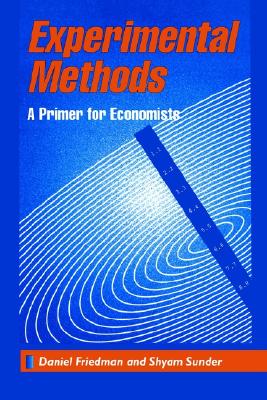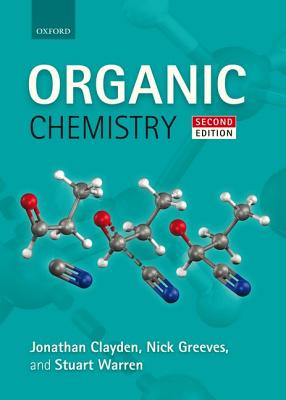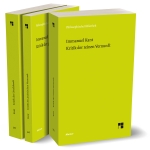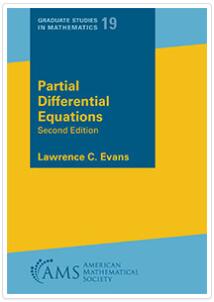图书简介
Introduction to the Chemistry of Food describes the molecular composition of food and the chemistry of its components. It provides students with an understanding of chemical and biochemical reactions that impact food quality and contribute to wellness. This innovative approach enables students in food science, nutrition and culinology to better understand the role of chemistry in food. Specifically, the text provides background in food composition, demonstrates how chemistry impacts quality, and highlights its role in creating novel foods. Each chapter contains a review section with suggested learning activities. Text and supplemental materials can be used in traditional face-to-face, distance, or blended learning formats.
Topic Outline Water and Fundamentals of Acid Base Chemistry * Water and its molecular structure * Chemical and physical properties of water * Water dispersions -surfactants, micelles, colloids * Chemistry of acids and bases, Weak acids and buffering * pH Definition * Acids in foods, how they function- chemical leavening, preservation, fermented food, and flavor * Health Aspects (bottled water, sports drinks) * Learning Activity/Questions-(Examples-Why do I burp when drinking soda pop? What makes a solute soluble? What are the pros and cons of sports drinks?) Proteins * Structure and definition of terms * Chemical properties of proteins * Functional properties-solubility, foaming, emulsification, and gelation * Enzymes and their importance to foods. Examples include protease, lipase, LOX, enzymatic browning * Processing changes -denaturation, chemical modification * Composition in foods-(milk, meat, egg, soy) * Health aspects- acrylamide, food allergy, wheat gluten, * Learning Activity/Questions (Examples- Why does boiling cause an egg to become solid? Why does an apple turn brown after cutting? What properties does a good foaming protein have?) Carbohydrates * Structure and nomenclature of carbohydrates * Carbohydrate chemistry- Maillard browning reaction, color and flavor * Polysaccharide structure and chemistry-starch, cellulose, and gums * Functional properties of carbohydrates- solubility, gelation, viscosity, sweetness * Health aspects-glycemic index, sugar vs fructose * Learning Activity/Questions (Examples -What role does Maillard reaction have in chocolate flavor? How do polysaccharides make thick smoothies? What causes a baked potato to be soft?) Lipids * Structure and nomenclature of lipids * Chemistry of lipids-lipolysis, hydrogenation * Functional and physical properties- emulsification, texture, crystalline structure * Lipid composition in foods * Autoxidation and antioxidants-(free radical chemistry and inhibition) * Health aspects-polyunsaturated versus saturated lipids, cis -trans fatty acids, 3 * Learning Activity/Questions (Examples- How is butter different from margarine? What are the pros and cons of lipid hydrogenation? What gives chocolate its unique melting properties? What is Crisco and how is it made?) Minor Molecules of Major Importance * Vitamins * Colorants (anthocyanin, chlorophyll, carotenoids, myoglobin, carmine, and certified colorants) * Flavors, aromas and you * Additives * Health Aspects -preservatives, adverse reactions to additives * Learning Activity/Questions (Examples- Why do green beans turn olive brown when canned? Why does red cabbage turn blue when vinegar is added? Why does ground beef turn brown? Which additives are being removed from fast food and why? Is there a connection between flavor and the brain) Foods and Food Processing-Explaining chemical of processing on food components * Milk, cheese, yoghurt * Processed meats * Protein ingredients * Learning Activity/Questions (Examples- How is milk made into cheese? What’s in protein powders? What’s in hot dogs and how are they made?) Novel Foods and Technologies-Explaining role of chemistry in creating new foods * Molecular Gastronomy * Modernist Food Chemistry and Culinology * Food Physics-Pressure processing, sous vide cooking, novel ingredients * Learning Activity/Questions (Examples- What is cola caviar and how is it made? Liquid nitrogen and ice cream, how does that work.) Current Issues in food-Explaining role of chemistry in current food controversies * Hydrogenation and trans fat * Sugar vs Fructose vs non-nutritive sweeteners * Food allergy * Future Food-test tube meat, insects as food, designer veggies * Learning Activity/Questions (Examples- What is food allergy? Are insects good a food? Can sugar be addictive? Are GMOs safe?)
Trade Policy 买家须知
- 关于产品:
- ● 正版保障:本网站隶属于中国国际图书贸易集团公司,确保所有图书都是100%正版。
- ● 环保纸张:进口图书大多使用的都是环保轻型张,颜色偏黄,重量比较轻。
- ● 毛边版:即书翻页的地方,故意做成了参差不齐的样子,一般为精装版,更具收藏价值。
关于退换货:- 由于预订产品的特殊性,采购订单正式发订后,买方不得无故取消全部或部分产品的订购。
- 由于进口图书的特殊性,发生以下情况的,请直接拒收货物,由快递返回:
- ● 外包装破损/发错货/少发货/图书外观破损/图书配件不全(例如:光盘等)
并请在工作日通过电话400-008-1110联系我们。
- 签收后,如发生以下情况,请在签收后的5个工作日内联系客服办理退换货:
- ● 缺页/错页/错印/脱线
关于发货时间:- 一般情况下:
- ●【现货】 下单后48小时内由北京(库房)发出快递。
- ●【预订】【预售】下单后国外发货,到货时间预计5-8周左右,店铺默认中通快递,如需顺丰快递邮费到付。
- ● 需要开具发票的客户,发货时间可能在上述基础上再延后1-2个工作日(紧急发票需求,请联系010-68433105/3213);
- ● 如遇其他特殊原因,对发货时间有影响的,我们会第一时间在网站公告,敬请留意。
关于到货时间:- 由于进口图书入境入库后,都是委托第三方快递发货,所以我们只能保证在规定时间内发出,但无法为您保证确切的到货时间。
- ● 主要城市一般2-4天
- ● 偏远地区一般4-7天
关于接听咨询电话的时间:- 010-68433105/3213正常接听咨询电话的时间为:周一至周五上午8:30~下午5:00,周六、日及法定节假日休息,将无法接听来电,敬请谅解。
- 其它时间您也可以通过邮件联系我们:customer@readgo.cn,工作日会优先处理。
关于快递:- ● 已付款订单:主要由中通、宅急送负责派送,订单进度查询请拨打010-68433105/3213。
本书暂无推荐
本书暂无推荐
